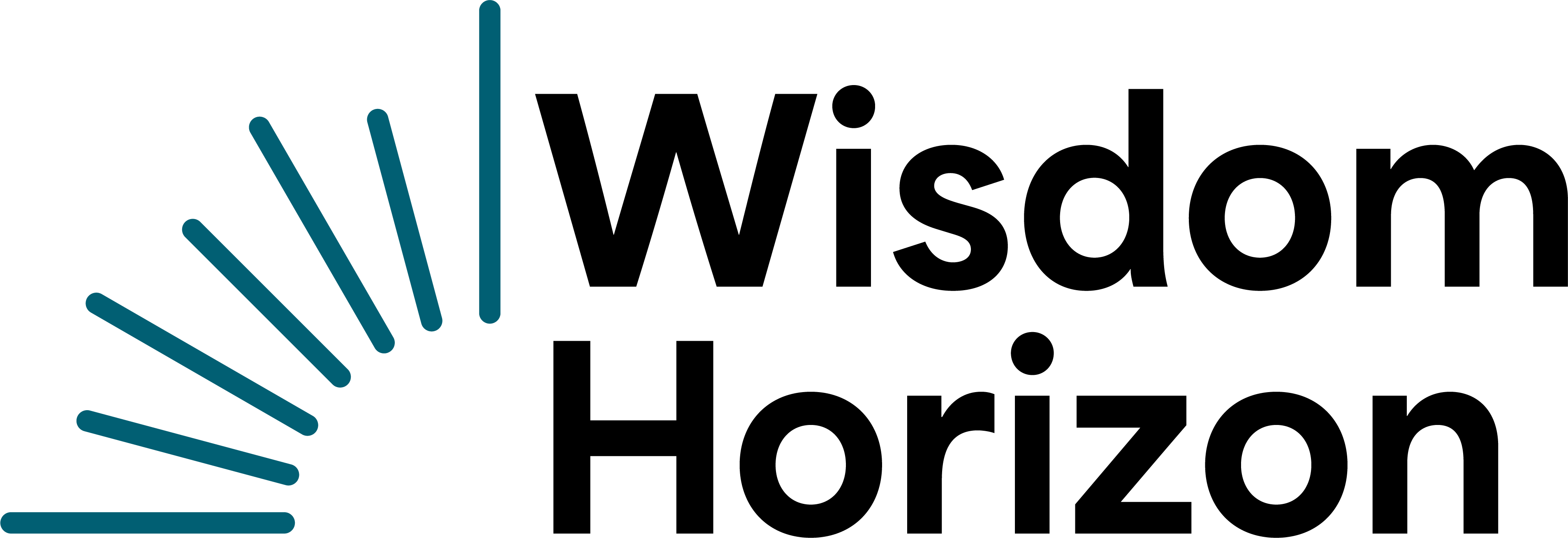Understanding Congenital Adrenal Hyperplasia (CAH) in Girls
Congenital Adrenal Hyperplasia (CAH) is a group of genetic disorders affecting the adrenal glands, which are responsible for producing essential hormones like cortisol, aldosterone, and androgens. In girls, CAH often results in an overproduction of androgens, leading to atypical development of primary or secondary sexual characteristics. The most common form of CAH is 21-hydroxylase deficiency, which can vary in severity and impact.
The implications of CAH in girls are profound, as it not only affects their physical development but also their emotional and social well-being. Early diagnosis and management are crucial to mitigate these effects. Treatment typically involves hormone replacement therapy to balance hormone levels and manage symptoms effectively. Parents and caregivers play a vital role in providing support and ensuring adherence to medical protocols.
One of the challenges in managing CAH is the need for lifelong treatment and monitoring. Girls with CAH require regular medical check-ups to adjust medications and monitor their growth and development. This ongoing medical care can be both emotionally and financially taxing on families, highlighting the importance of accessible healthcare resources and support networks.
Female Puberty and Hormone Imbalance
Puberty is a critical phase in a girl’s life marked by significant hormonal changes that drive physical growth and sexual maturation. For girls with CAH, these hormonal changes can be particularly complex due to the imbalance caused by the disorder. The excess production of androgens can lead to early or atypical puberty, characterized by rapid growth, early development of pubic hair, and other masculinizing features.
Hormone imbalances during puberty can also affect menstrual cycles, potentially leading to irregular periods or amenorrhea. These disruptions can have lasting effects on reproductive health and fertility, making early intervention and management essential. Healthcare providers often recommend a multidisciplinary approach, involving endocrinologists, gynecologists, and mental health professionals to address the varied needs of girls with CAH.
Education and communication are key in helping young girls understand their condition and its implications. Providing age-appropriate information empowers them to take an active role in their healthcare and make informed decisions about their bodies. Support groups and counseling can also be invaluable resources, offering emotional support and fostering a sense of community among those affected by CAH.
Emotional Effects of CAH
The emotional impact of CAH on girls can be significant, affecting their self-esteem, body image, and social interactions. The physical manifestations of the disorder, such as atypical genitalia or early puberty, can lead to feelings of isolation and embarrassment. Peer acceptance becomes a critical concern, and the fear of being different can exacerbate anxiety and depression.
Parents and caregivers play a crucial role in supporting the emotional well-being of girls with CAH. Open communication and reassurance about their unique challenges can help build resilience and self-acceptance. Mental health support, including therapy and counseling, can provide a safe space for girls to express their feelings and develop coping strategies.
It’s also important to foster a supportive environment at school and within the community. Educators and peers should be informed about CAH to promote understanding and reduce stigma. Encouraging participation in activities that boost confidence and self-worth can also aid in emotional development and social integration.
Managing the Challenges of CAH
Managing CAH requires a comprehensive approach that addresses both the medical and psychosocial aspects of the condition. Regular medical check-ups and hormone therapy are essential components of treatment, but equally important is the support system that surrounds the affected individual. Families must navigate the complexities of healthcare access, insurance coverage, and financial burdens associated with long-term treatment.
Healthcare providers can assist by offering guidance on available resources and connecting families with support organizations. Advocacy groups play a pivotal role in raising awareness and providing education about CAH, helping to dispel myths and promote understanding. These organizations often offer support networks and forums where families can share experiences and advice.
Empowerment through knowledge is a powerful tool in managing CAH. Educating girls about their condition, treatment options, and self-care strategies fosters independence and confidence. Encouraging open dialogue about their experiences and feelings can also help them navigate the challenges of CAH with resilience and optimism.
Conclusion: Supporting Girls with CAH
Supporting girls with CAH requires a multifaceted approach that encompasses medical care, emotional support, and community involvement. By understanding the unique challenges they face, families and healthcare providers can work together to create a nurturing environment that promotes health, well-being, and self-acceptance. As awareness and understanding of CAH grow, so too does the potential for improved outcomes and quality of life for those affected by this condition.
The journey through puberty with CAH is undoubtedly challenging, but with the right support and resources, girls can thrive and embrace their individuality. Continued research and advocacy are essential in enhancing treatment options and accessibility, ensuring that all girls with CAH have the opportunity to lead fulfilling and empowered lives.





